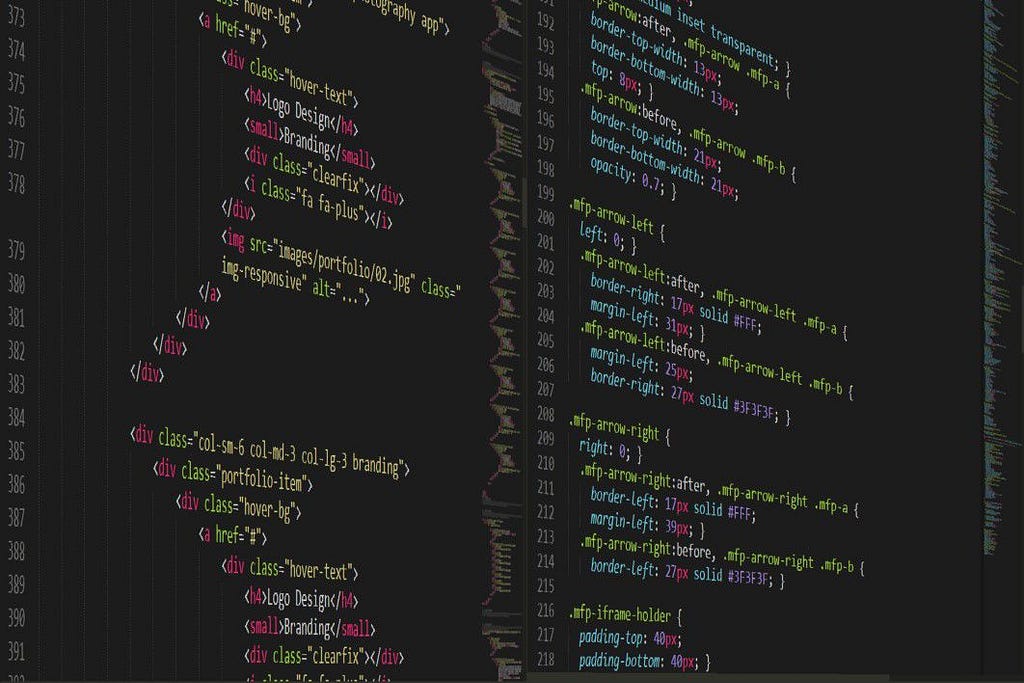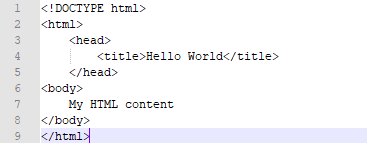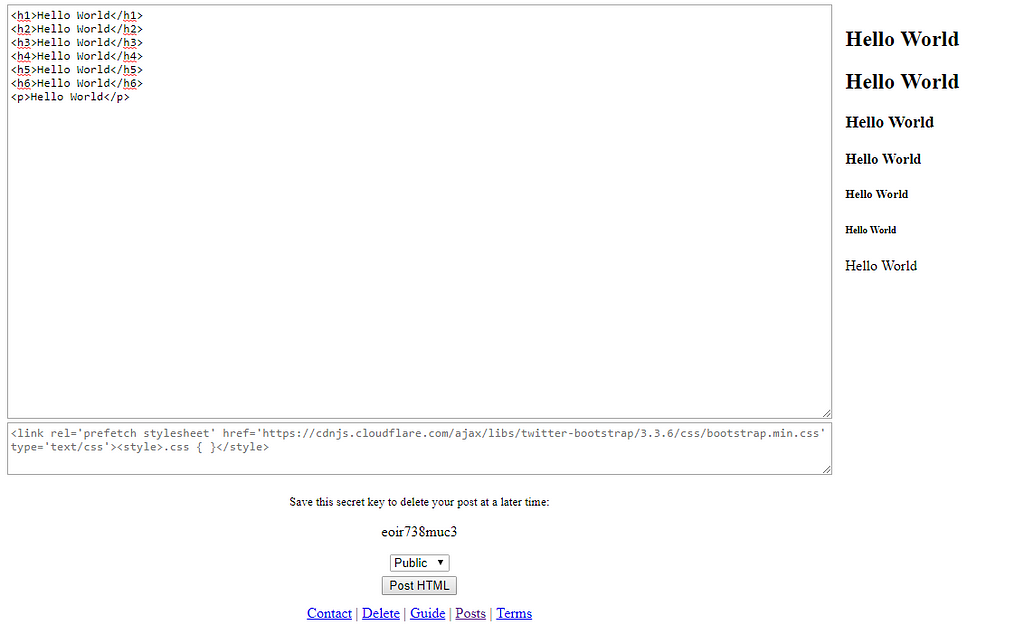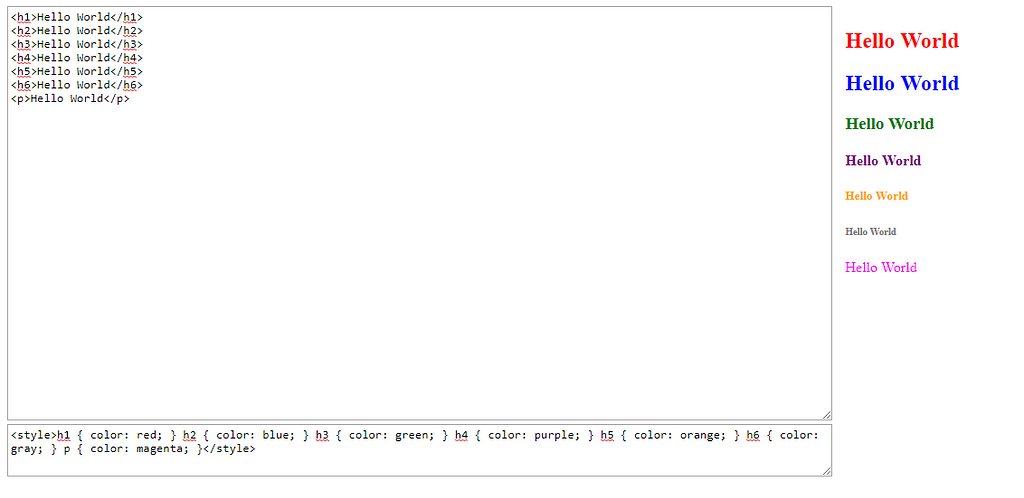Latest news about Bitcoin and all cryptocurrencies. Your daily crypto news habit.
 Writing HTML and CSS
Writing HTML and CSS
As the Internet has evolved, so have the tools to create websites. From LiveJournal and Blogger serving as a blog where you need not know any knowledge of code, to Microsoft Publisher, WordPress, Wix, and SquareSpace as a website creator, with drag and drop tools that make it possible for anyone to build a website, regardless of their knowledge of the actual languages being used to create a website.
There is no doubt this is the future of the Internet and it ought to be. These publisher websites have eliminated the need for expensive web designers and web developers, leaving business owners with the less expensive bill of the domain, hosting, and the use of the service itself. While I definitely believe there is still a need for web designers, there is nothing wrong with a business or business owner wanting to do it themselves.
As these tools become more prominent for business owners and people looking to start a business, most could not tell you what HTML even stands for. I remember when my mother bought me a $50 book on HTML. Nowadays, not only do I know how to do everything in that book, but that book’s content can be found on a single page on the Internet and covers all of your basics. HTML stands for HyperText Markup Language, which is responsible for how you see information on a webpage or website. For example, if I want to make something bold on Medium, I highlight it and hit B and if I want to make something italic, I highlight it and hit i. In reality, the code actually looks like this:
<strong>b</strong> = b<em>i</em> = i
The headline up top actually looks like this:
<h1>HTML Posts — Bringing Back The Joys Of Writing HTML</h1>
I am betting that everyone who has a website knows that. Simple knowledge that everyone should have learned by the time they were at least the age of 12. Or maybe they just knew that type of information because their mother bought them a book around that age. Clicking on View Source also reveals how HTML makes web pages look the way they do. HTML cannot take all the credit, however, as CSS, also known as Cascading Style Sheets, which allows you to take multiple webpages and make them all look the same without having to re-write the code a hundred times. Rather, you call a single line of code, something that might look like this:
<link rel=”prefetch stylesheet” href=”//cdnjs.cloudflare.com/ajax/libs/skeleton/2.0.4/skeleton.min.css” type=”text/css”>
And with every page you put that code on, you now have access to all of the “skins”, “styles”, “colors”, “sizes”, and “fonts” that you want to appear on the page.
You can easily practice with HTML by opening up Notepad on your desktop, typing in a few commands to let the browser know how to read it, and save it as a .html file. This might sound like a lot of work, but it is not. Fortunately, a free tool called HTML Posts to help you better understand what it is like to write HTML, whether you are a beginner or someone who has been writing HTML for years, you will find a use for this tool. Getting up a raw HTML page with options for CSS and Javascript on the Internet has never been easier.
HTML Posts gives you no toolbar and encourages you to understand how to make your text look a certain way. It does provide an HTML guide with almost all HTML commands that you can use. As you write your HTML, you will be able to see it live in action. For example, as you write <strong>Hello World</strong>, your text will automatically render to look like this: Hello World.
There is something about being able to see your handy work right in front of you. It not only encourages you to learn HTML, but to understand how the style attribute works or to include your CSS file to use for styling your HTML.
HTML is a very forgiving language and even sometimes when code is typed wrong, the browser still knows enough about HTML to render it into something useful. Still, it makes sense to write code and write it well. If you wrote with spelling and grammar mistakes on an English paper, your college professor may understand what you were trying to say, but is unlikely to give you an A on it because it was not properly written. The same goes for HTML. While you aren’t graded, you should still make efforts to write it correctly.
HTML Posts is about bringing back the educational understanding and the fun aspect of writing code. HTML code is a programming language, but a language that nearly anyone and everyone can write and learn easily. There is nothing special about HTML where it pertains only to some exclusive club who bought books on it and wrote it. ANYONE can learn HTML.
With HTML Posts, you can write up an HTML web page in less than a minute. While not meant to replace your original website, it will allow you to express yourself and just get simple HTML web pages up on the Internet in a few seconds. When using CSS or Javascript with HTML, you will be able to truly appreciate how much the three different languages can compliment each other to form beautiful and operational websites.
If you are just trying to learn yourself, teach your children, or even teach a class, HTML Posts provides you with the ability to make your posts private or public, for the world to see, or just for your very own eyes, your children’s eyes, or your student’s eyes. While there are some HTML jobs out there, you will be more than likely be able to get a job if you know HTML, CSS, and Javascript, the three most important languages for understanding the Internet.
The HTML Posts tool could easily be a stepping stone to helping you understand how to write code and what it does. Anyone and their mother can write HTML, but it is how you will use this knowledge to your advantage in the world. For now, it is simple tool that helps you get out information and appreciate the joys of writing HTML again, as well as the aesthetically pleasing look of brutalism that is HTML.
HTML Posts — Bringing Back The Joys Of Writing HTML was originally published in Hacker Noon on Medium, where people are continuing the conversation by highlighting and responding to this story.
Disclaimer
The views and opinions expressed in this article are solely those of the authors and do not reflect the views of Bitcoin Insider. Every investment and trading move involves risk - this is especially true for cryptocurrencies given their volatility. We strongly advise our readers to conduct their own research when making a decision.



